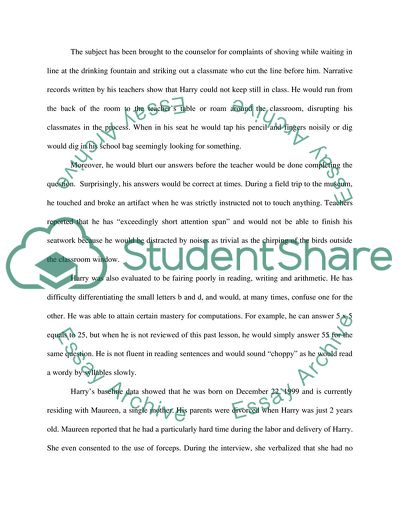Cite this document
(Biopsychosocial in Social Work Book Report/Review, n.d.)
Biopsychosocial in Social Work Book Report/Review. Retrieved from https://studentshare.org/nursing/1723220-biopsychosocial-report-of-social-work
Biopsychosocial in Social Work Book Report/Review. Retrieved from https://studentshare.org/nursing/1723220-biopsychosocial-report-of-social-work
(Biopsychosocial in Social Work Book Report/Review)
Biopsychosocial in Social Work Book Report/Review. https://studentshare.org/nursing/1723220-biopsychosocial-report-of-social-work.
Biopsychosocial in Social Work Book Report/Review. https://studentshare.org/nursing/1723220-biopsychosocial-report-of-social-work.
“Biopsychosocial in Social Work Book Report/Review”, n.d. https://studentshare.org/nursing/1723220-biopsychosocial-report-of-social-work.


